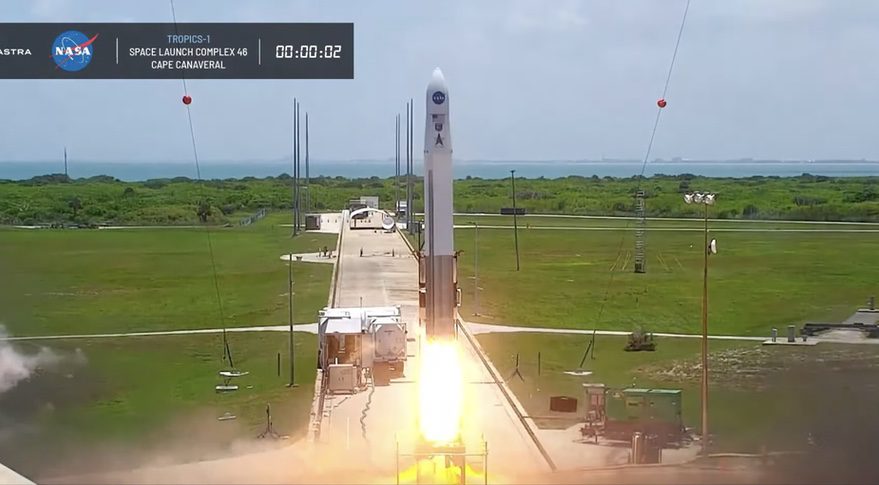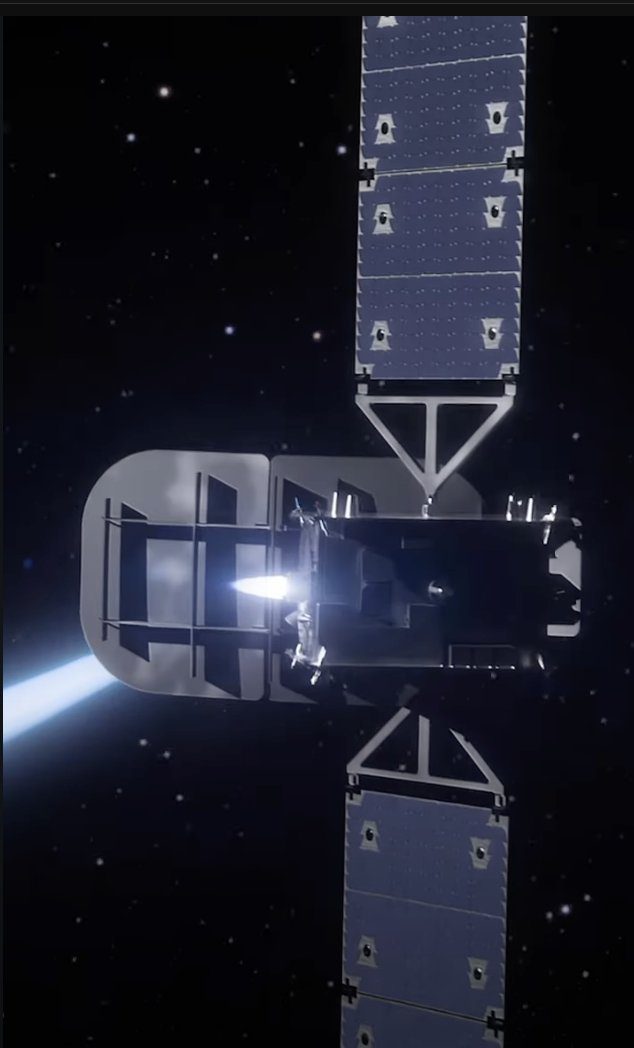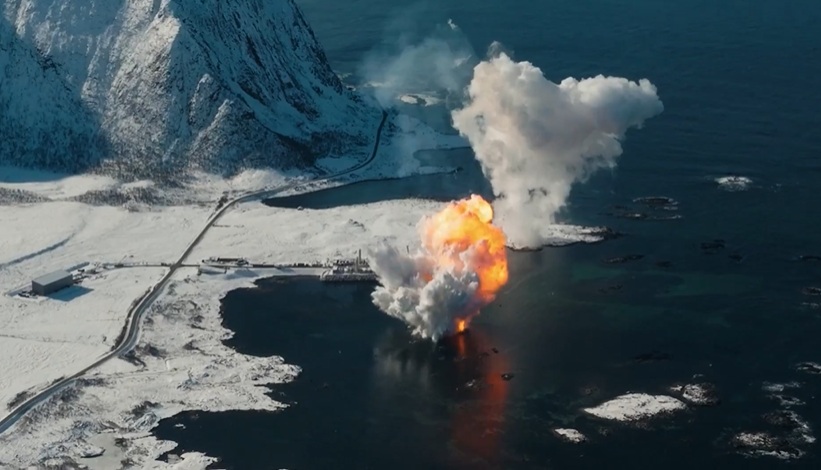According to the success/failure ratio on the Seradata SpaceTrak database, the Astra Rocket 3 series cannot be called a reliable launch vehicle. The Astra Rocket 3 series failed five times out of seven attempts, while the latest version failed three out of five times. And Astra Space, its developer and operator, realises it. The firm has decided to stand down the 3.0 series to concentrate on a larger successor rocket dubbed the Astra Rocket 4 series. This will fly in 2024. Customers’ launches for their satellites, including four TROPICS satellites for NASA, will be transferred to this new rocket.

Astra Rocket 3.3 launch went initially well but its second stage later shutdown early losing two NASA TROPICS satellites. Courtesy: NASASpaceflight/Astra Space Inc
The latest launch failure caused the loss of two TROPICS satellites for NASA on 12 June. This was due to a second-stage engine shutdown. Observation cameras imaged a puff from the engine and then showed the stage beginning to tumble. The result was that two hurricane-monitoring satellites, TROPICS 1 and TROPICS 2, were lost as neither they nor their attached second stage achieved orbital velocity. They fell back into the Atlantic Ocean, close to the coast of West Africa. It is believed that the upper stage ran out of fuel prematurely.
While the launch before that was successful, this followed a failure in February which lost four small satellites, INCA, BAMA 1, QUBESAT and R5-S1. A clamshell fairing (which holds the second stage within it) failed to open properly due to signal timing and damage issues with the separation mechanism (two harness channels had been incorrectly wired). While Astra Space has over US$200 million in hand, it is continuing to bleed money. The company reported a net loss of $82.3 million for the second quarter.







